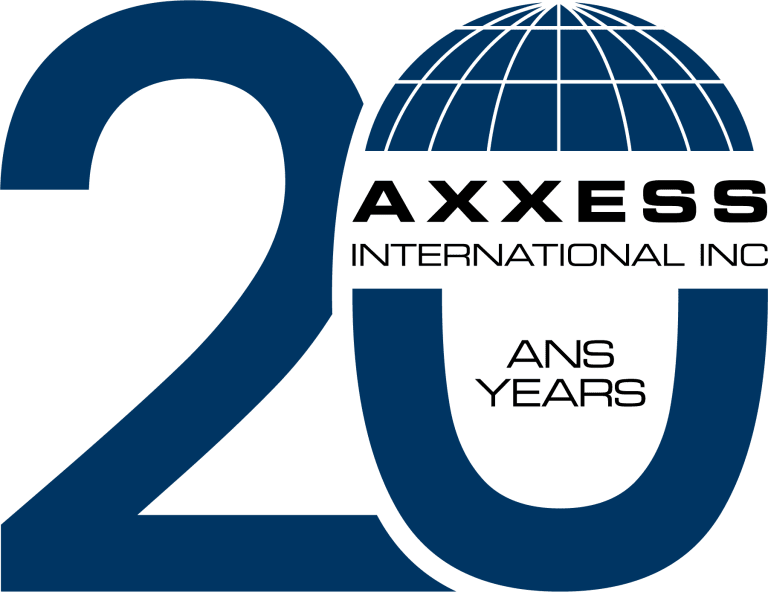Major shipping companies like MSC and Yang Ming have placed record orders for dual‑fuel and alternative‑energy vessels. With a wave of new capacity expected by 2026, the industry aims to ease congestion and meet stricter emissions standards that will also affect Canadian trade routes.
Container carriers have ramped up newbuild orders in dramatic fashion; globally, container ship orders surged nearly 288% year-over-year in the first half of 2025, largely in response to widespread port congestion, route diversions via the Cape of Good Hope, and the need for more flexible deployment amid geopolitical disruptions. Major players are investing in larger and greener vessels: MSC is locking in a series of 21,000 TEU dual-fuel mega‑ships, while Yang Ming approved seven 15,000 TEU LNG dual‑fuel vessels, set for delivery in 2028–29 as part of its fleet modernization strategy.
In total, container carrier order books now include hundreds of dual‑fuel vessels aimed at hedging against fuel uncertainty and complying with rising emissions standards.
These investments reflect market recalibration, not just to expand capacity but to future‑proof operations amidst climate regulations, operational unpredictability, and continued congestion challenges affecting global trade flows and Canadian import/export logistics.
Read more in an article from The Seatrade Maritime News




